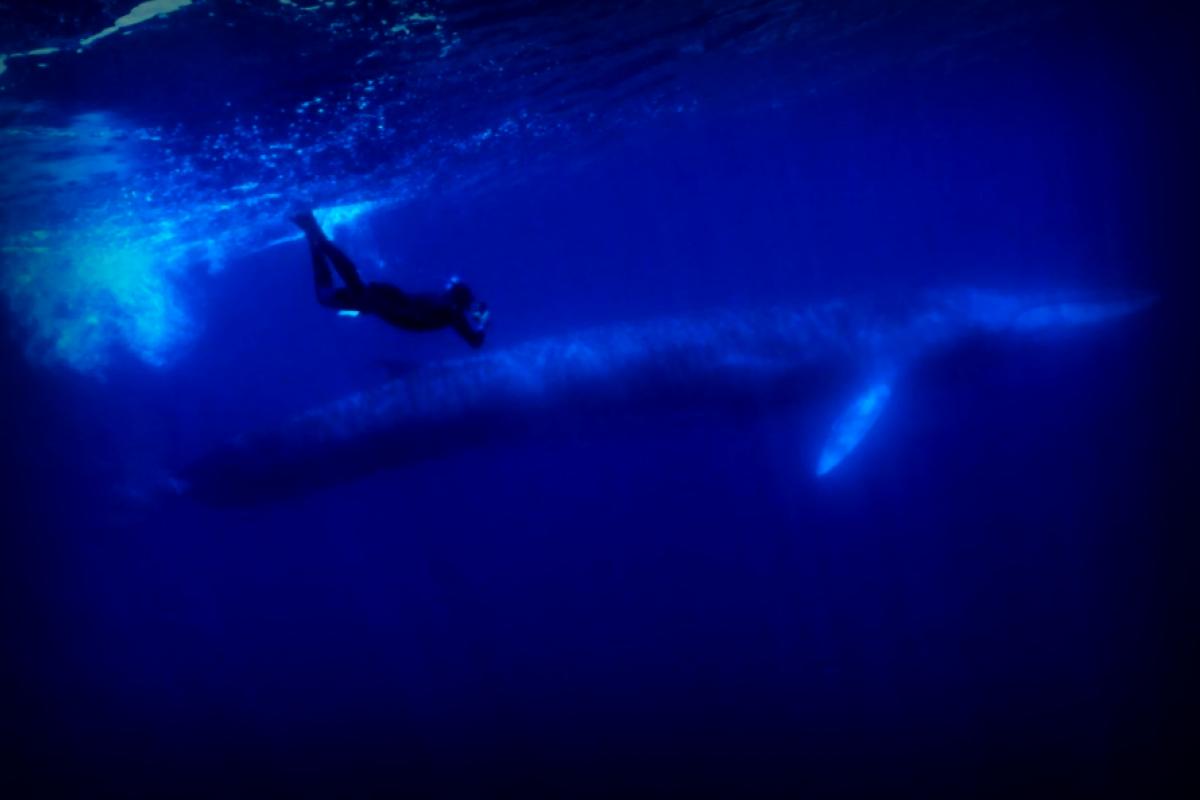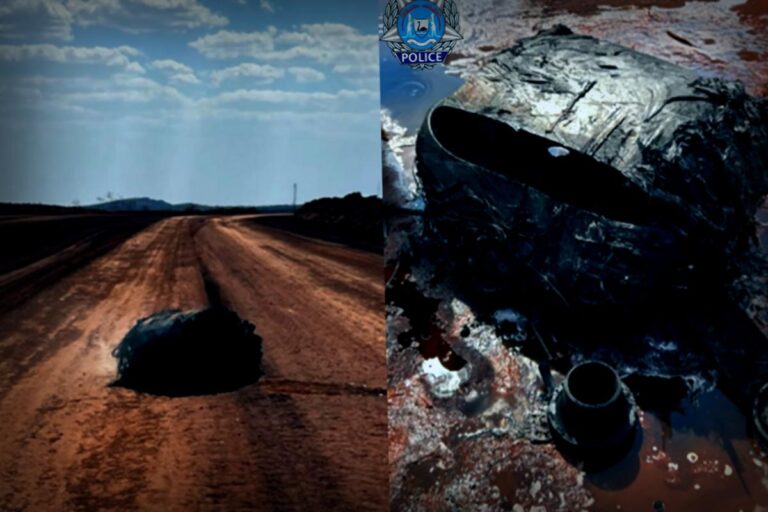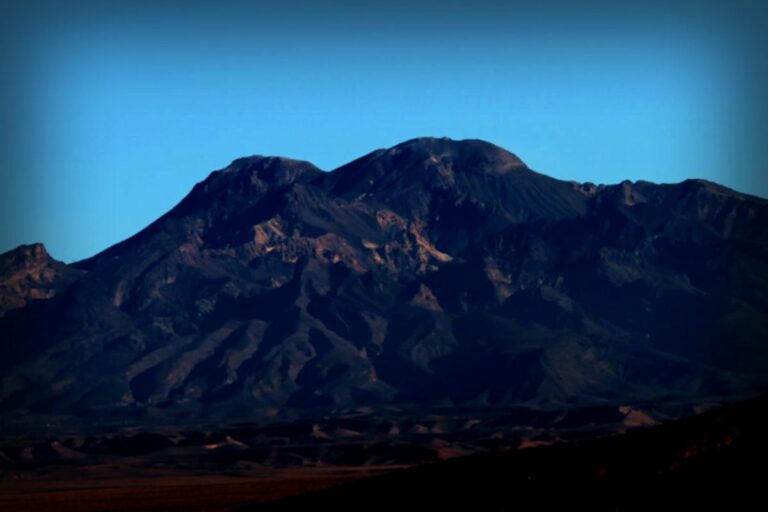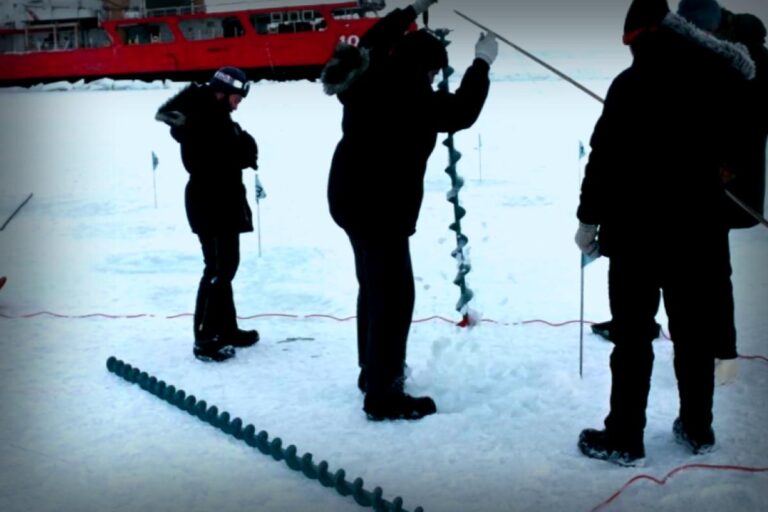Way back in July 1982, a crew from New Zealand took the plunge into the Southern Ocean for a groundbreaking project that aimed to map its soundtrack. During their adventure, they picked up a strange set of sounds eerily similar to a duck’s quack. Despite extensive investigations, the source of these quirky sounds had remained a total mystery.
Fast forward to February 2013, when scientists returned to the same waters and started tagging minke whales. Remarkably, the sounds these whales produced bore a striking resemblance to the elusive duck-like noises. In 2014, researchers documented their findings in the Royal Society’s Biology Letters, detailing the whole intriguing saga.
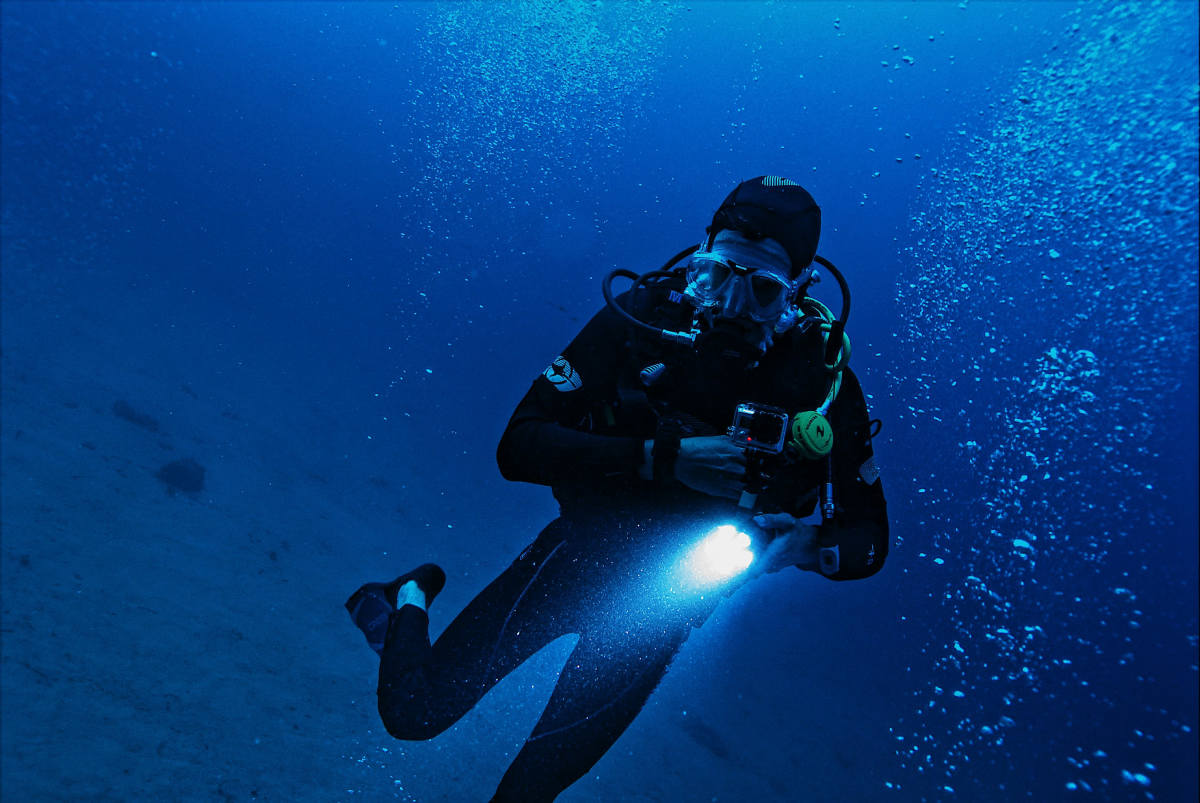
Known as the “Bio-Duck sound,” this mysterious quacking sensation consisted of a series of pulsed noises that recurred every 3.1 seconds, according to the 2014 report on Science Magazine. The distinct pattern had scientists scratching their heads in confusion. As lead researcher Ross Chapman from the University of Victoria stated, “The consistency of the sound was nearly unbelievable; we initially doubted it was even biological!” He also discovered similar sounds in nearby regions around Australia. After thorough analysis, he concluded that the noise was indeed most likely biological in origin.
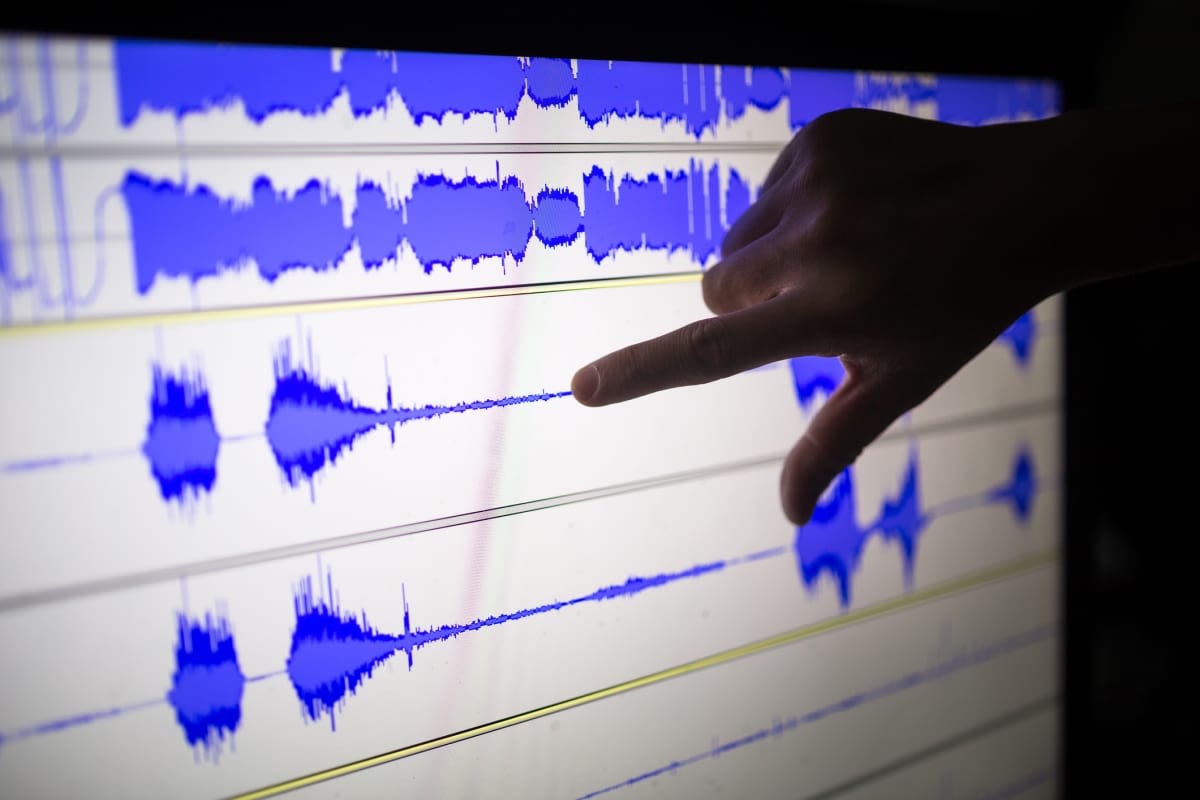
While the precise source of the sounds was still uncertain, the minke whales were the leading candidates. Whatever the culprit may be, the discovery has opened up exciting avenues for understanding our oceans and their sonic landscapes. Chapman, who has been studying ocean sounds since the 80s, admitted that the mystery of this quacking enigma kept him up at night. “I jumped into analyzing the data from this experiment back in 1986,” he noted. “We unearthed a treasure trove of fresh information about various ocean sounds, including those from marine mammals.”
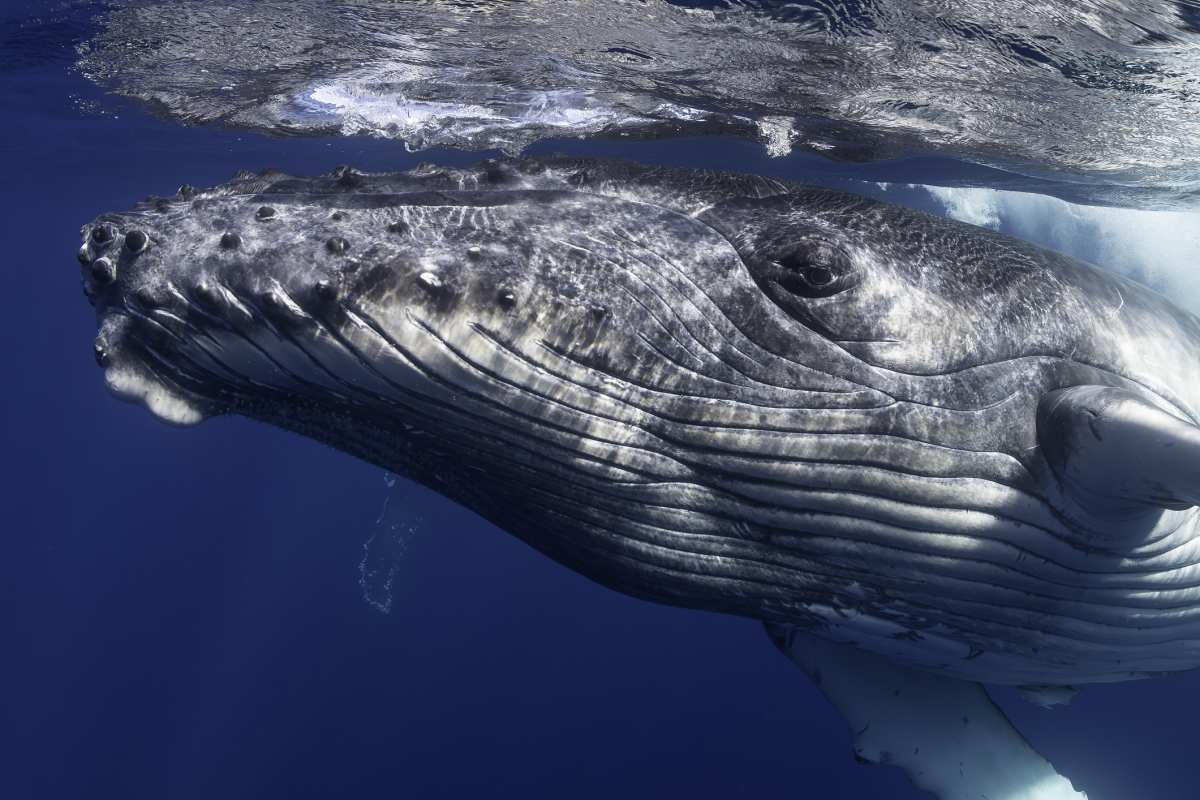
As Chapman continued delving into the data, he shared, “Each day revealed something new—it was such an exhilarating time for us!” In November 2024, he shared his findings on this sound mystery during the virtual 187th Meeting of the Acoustical Society of America. The concept of “acoustically identifying” the sound-creating creature opens exciting opportunities for scientists to analyze years of existing long-term recordings, potentially unlocking patterns of migration and even using sound to gauge ocean abundance, as they reported in *Science*.
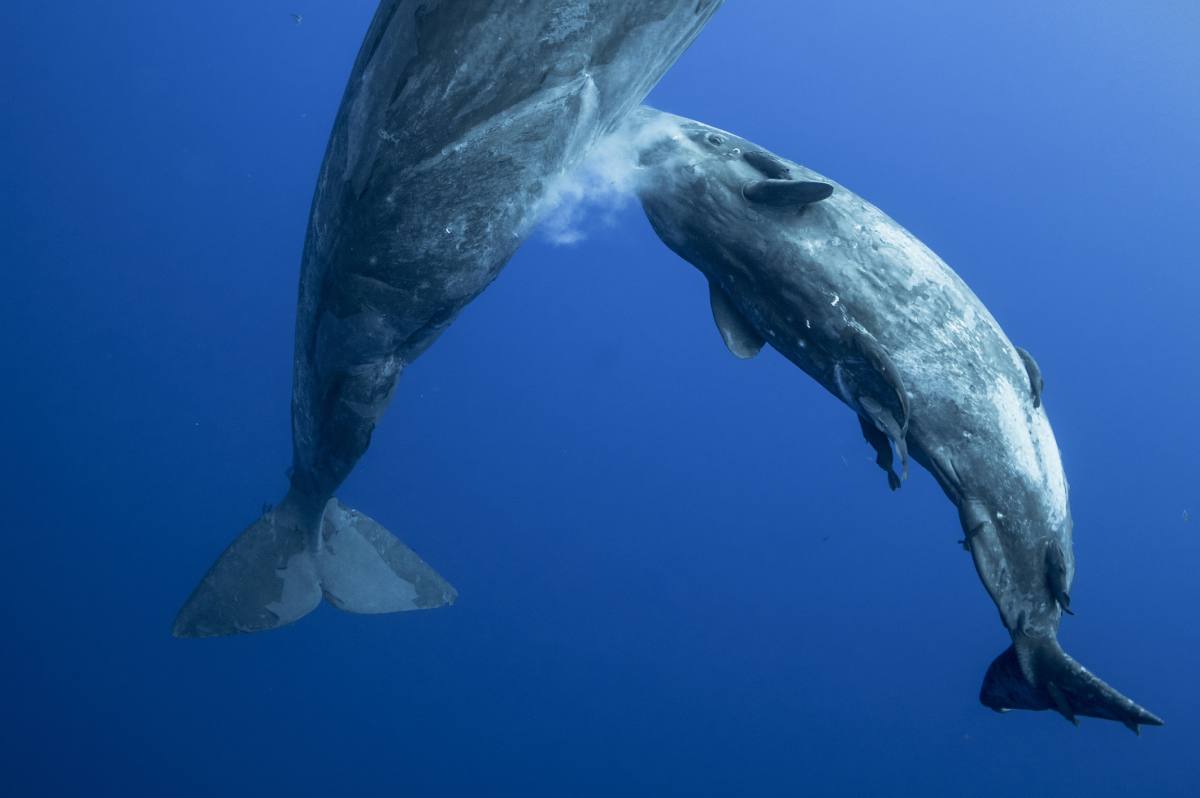
Chapman speculates that the sounds might actually represent a form of communication. The data he captured came from an acoustic antenna mounted on a ship, allowing him to pinpoint the sound’s origin. However, the direction seemed unclear, leading him to ponder that it could be a conversation rather than mere calls. He mused, “It’s still a mystery that lingers in my mind. Perhaps they were discussing what to have for dinner, talking with their little ones, or even making comments about the strange ship trailing this long line behind it.”





